Farming is integral to the development and conservation management of Machair systems. For generations, farmers have worked on these areas using a low intensity, extensive management approach that helped to create the unique mosaic of open habitats, and their resultant species diversity.
As EU policy and farming practices have changed our ways of farming across Ireland since the 1970s, farming on Machair sites has changed considerably. This has been most notable in relation to changes in type of grazing animals (a general shift from cattle to sheep), the intensity of grazing (higher stock levels) as well as changes in the timing and duration of grazing.
The changes in farming have reduced the habitat quality and in many sites this has rendered the habitats less resilient to effects of climate change, as well as less capable of supporting breeding waders and pollinators. Coupled with increased use for recreation and tourism, some of the project target areas are in need of immediate restoration.
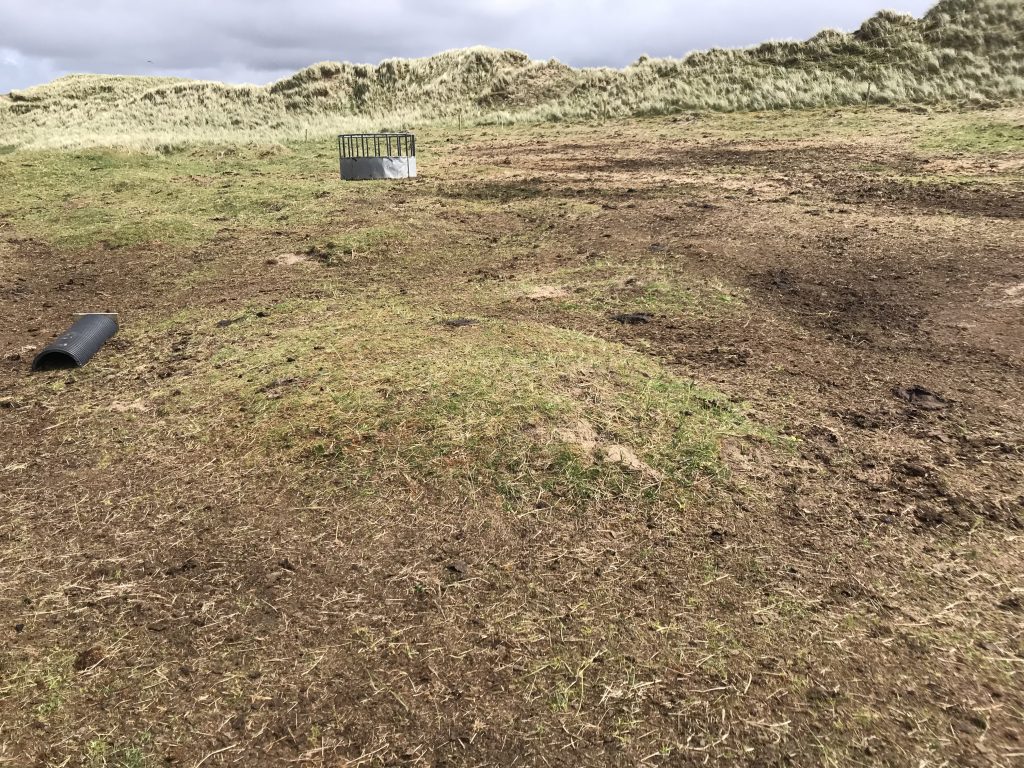
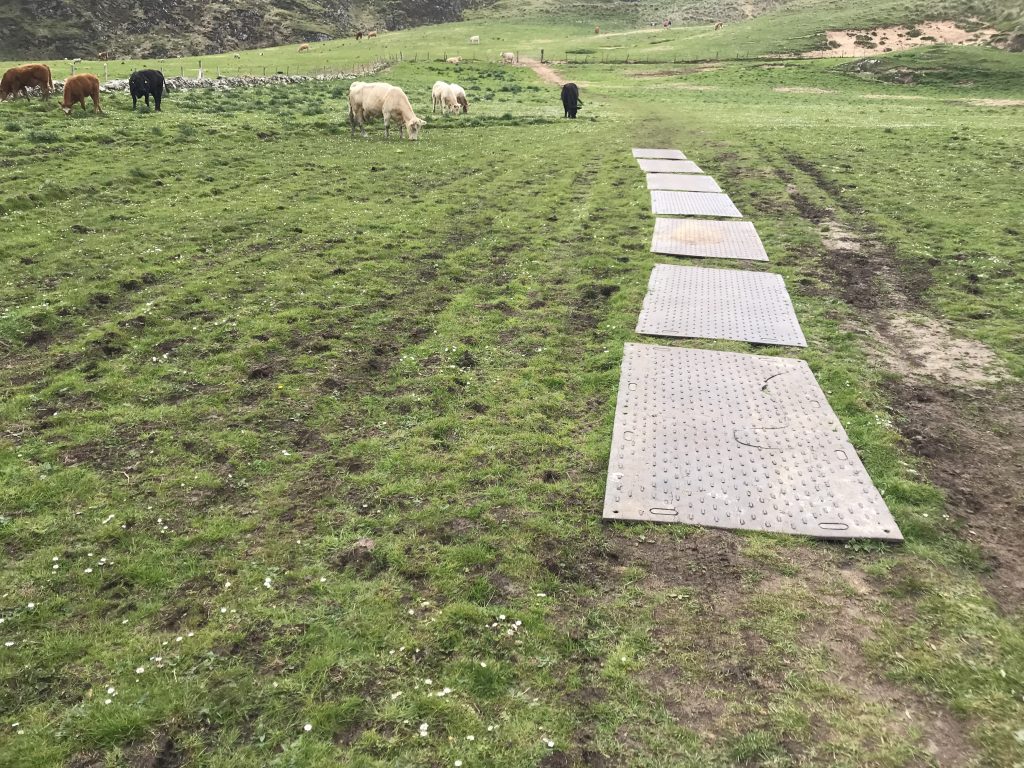
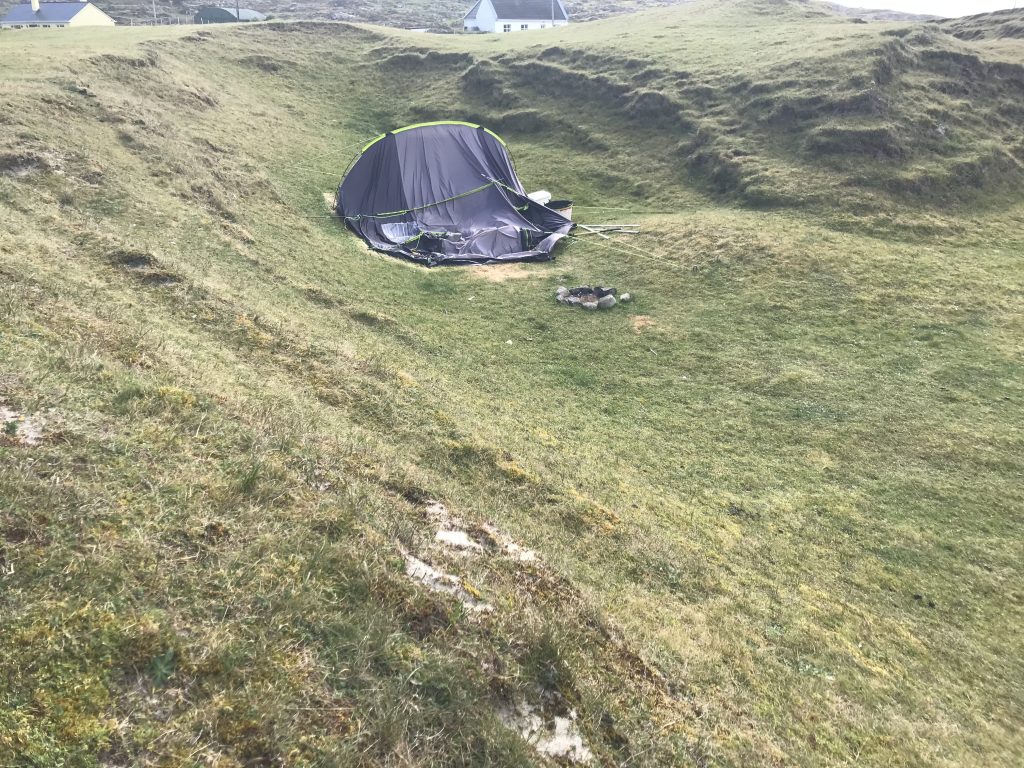
Getting the balance right for Machair
The LIFE on Machair project team will work closely with the local ACRES Cooperation Project teams to develop shared solutions to complement the ACRES 2022-2028 CAP programme and Natura 2000 site objectives.
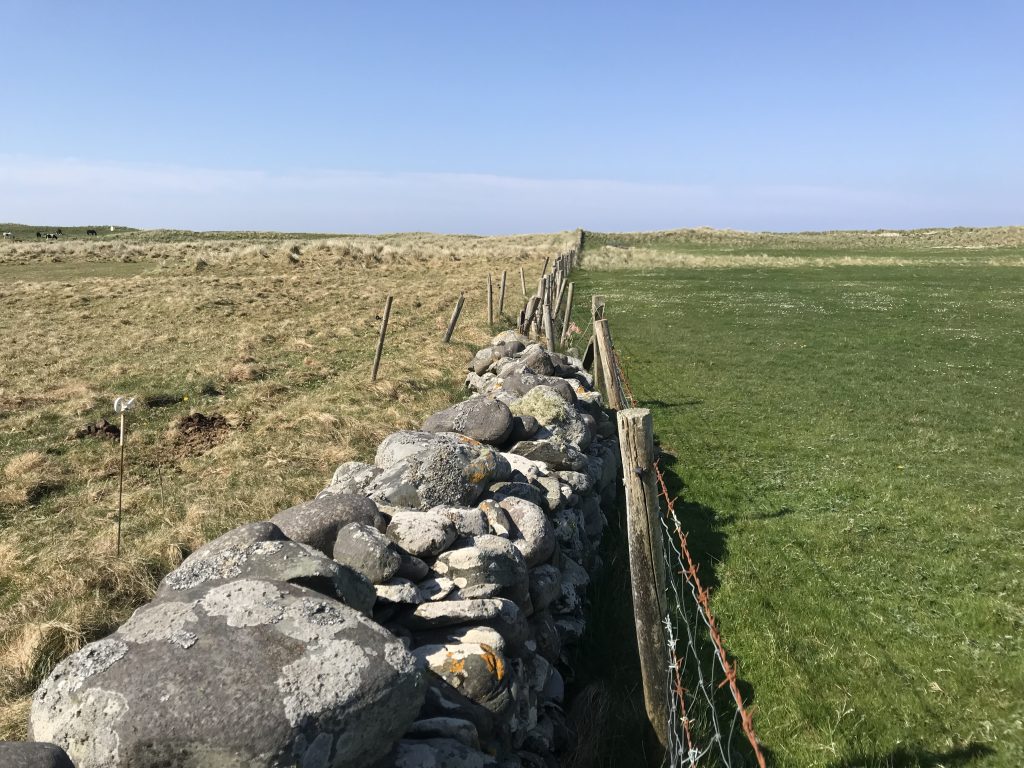
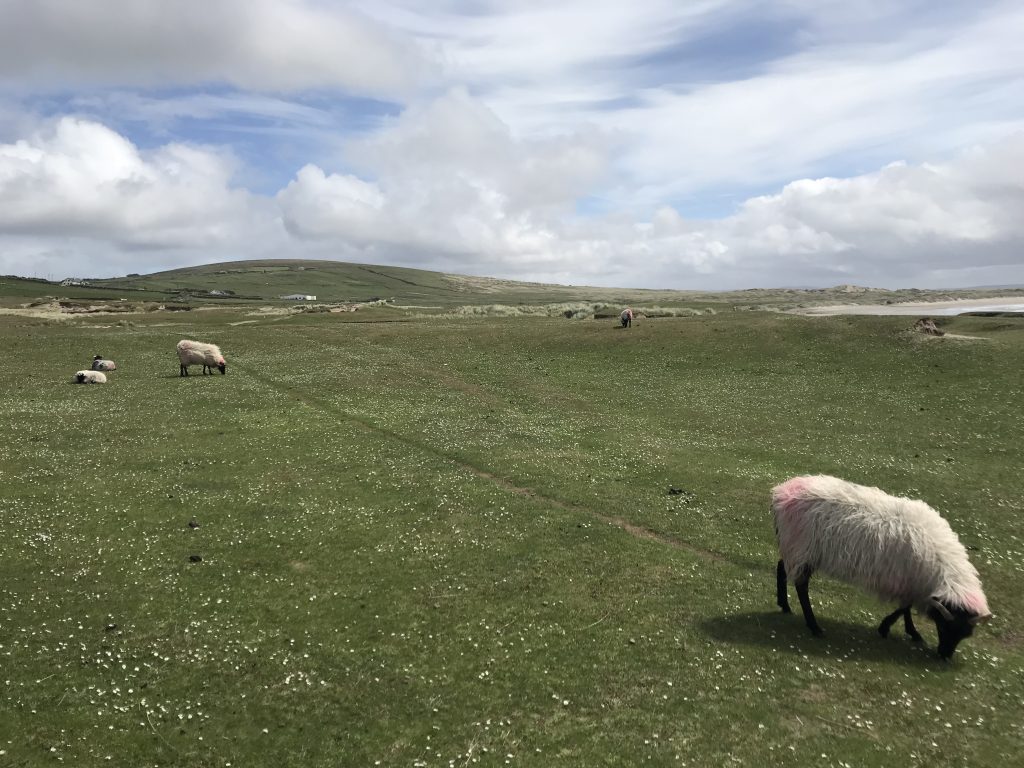
Some of the specific challenges identified through engagement by the LIFE on Machair project team with local farming groups to date include:
| Challenge | Decisions |
|---|---|
| Farming of Machair systems in line with Natura 2000 habitat conservation | What are the right levels for: nutrient management, appropriate grazing management, out-wintering, summer grazing, reducing the use of pesticides etc. |
| Working in dynamic Machair systems | How to address natural erosion and flooding? How to build resilience to climate change effects? |
| Building back eroded and ongoing eroding sites | What is the potential for hydro-seeding, native seed collection and spreading and the role of seaweed application? What about chestnut fencing and where to establish its best use? |
| Managing for breeding waders | Specific actions for breeding waders trialled through the project will include signage, fencing to reduce predator / livestock / human access, as well as predator assessment and control. |
| Managing for pollinators | Specific actions for pollinators trialled through the project will include actions relating to general farming practices which should benefit both habitats and pollinators. Specific actions will relate to the development and implementation of extensive / low intensity grazing regimes, signage and monitoring to inform pollinator needs / other actions as they are identified on a site by site basis. |
| Issues relating to planning | What regulatory processes / mechanisms apply in Natura 2000 sites? |
| Commonage governance | How do we ensure the right level of grazing is adhered to? |
| Control of invasive species / scrub | What invasive species are where? How do we manage short and long term clearance? |
